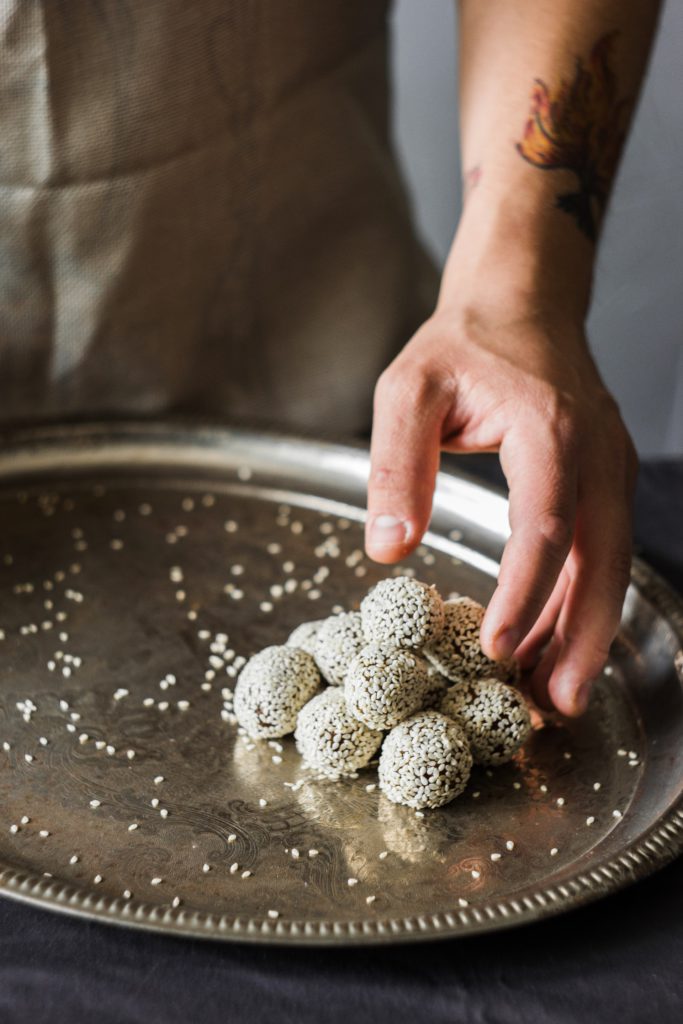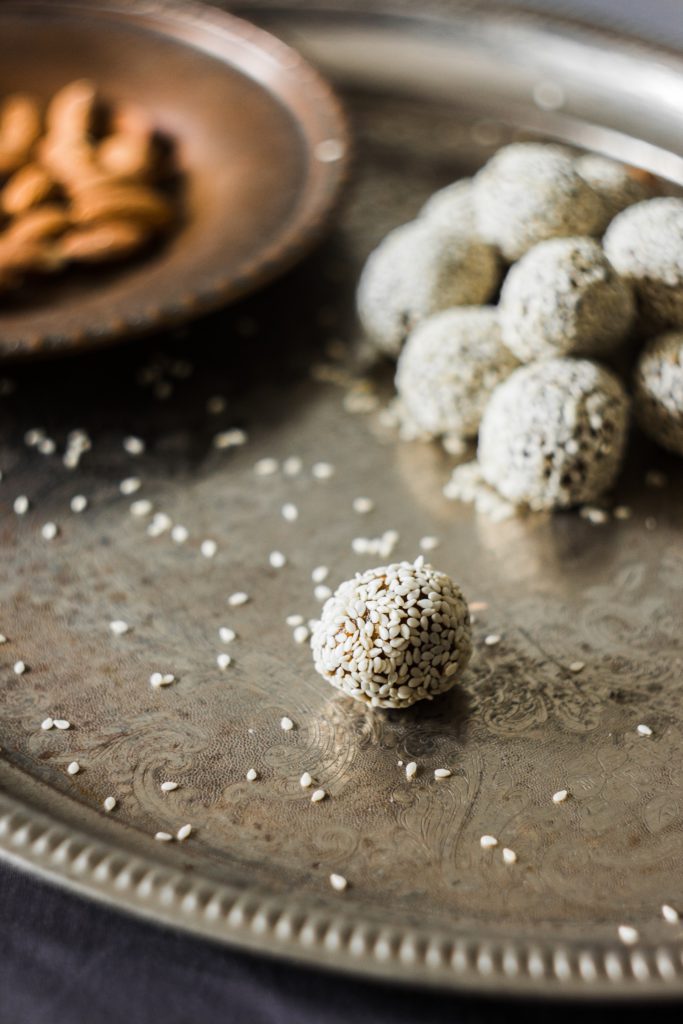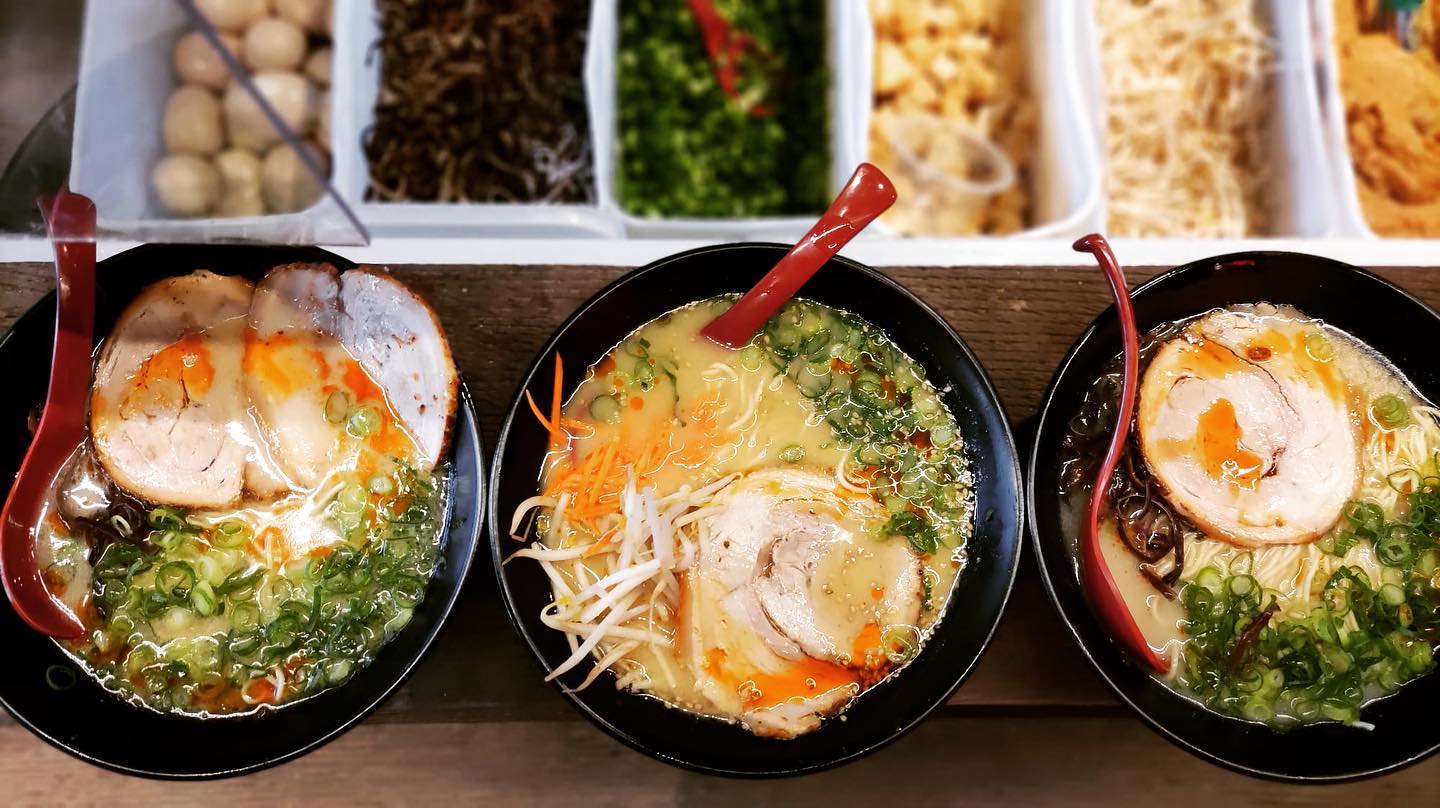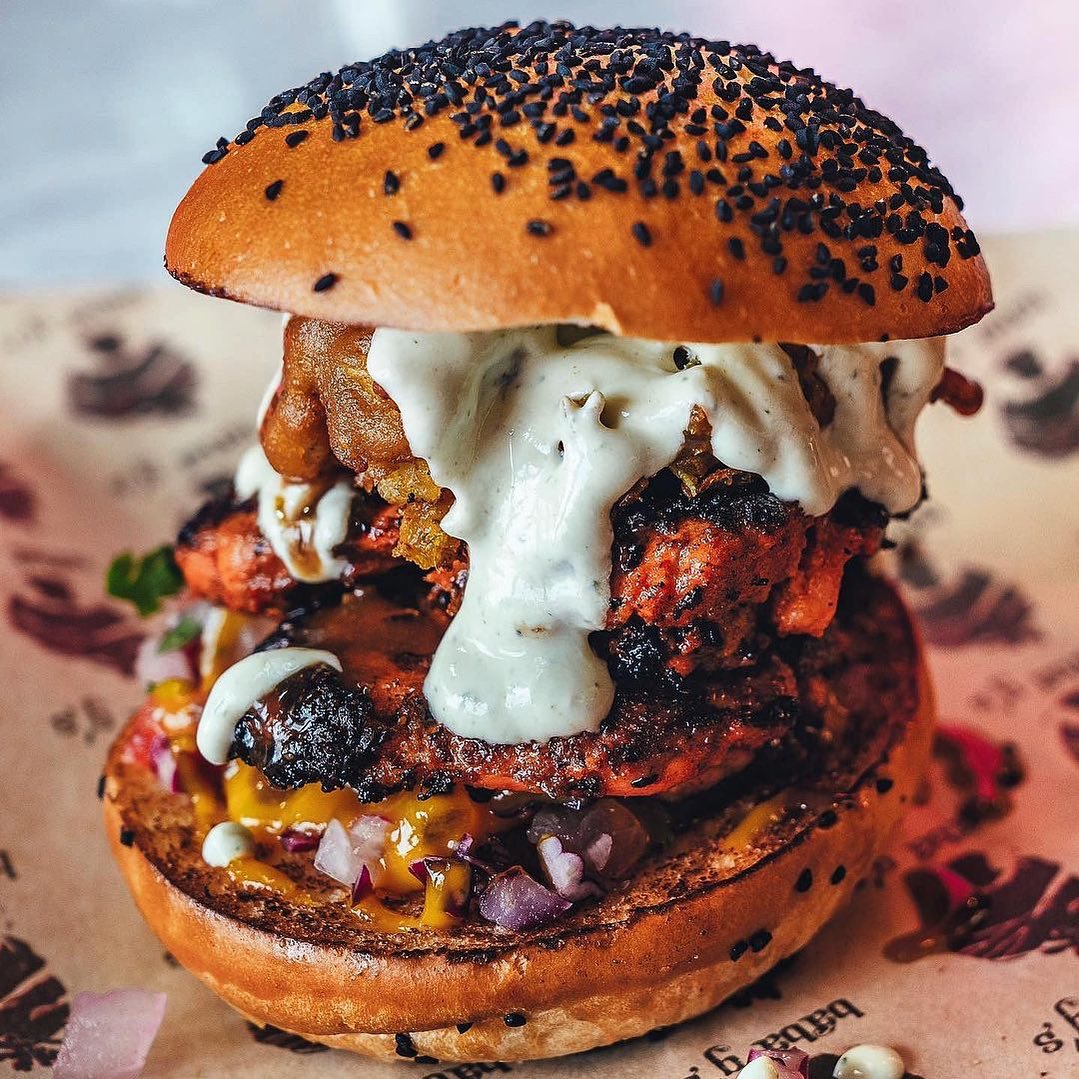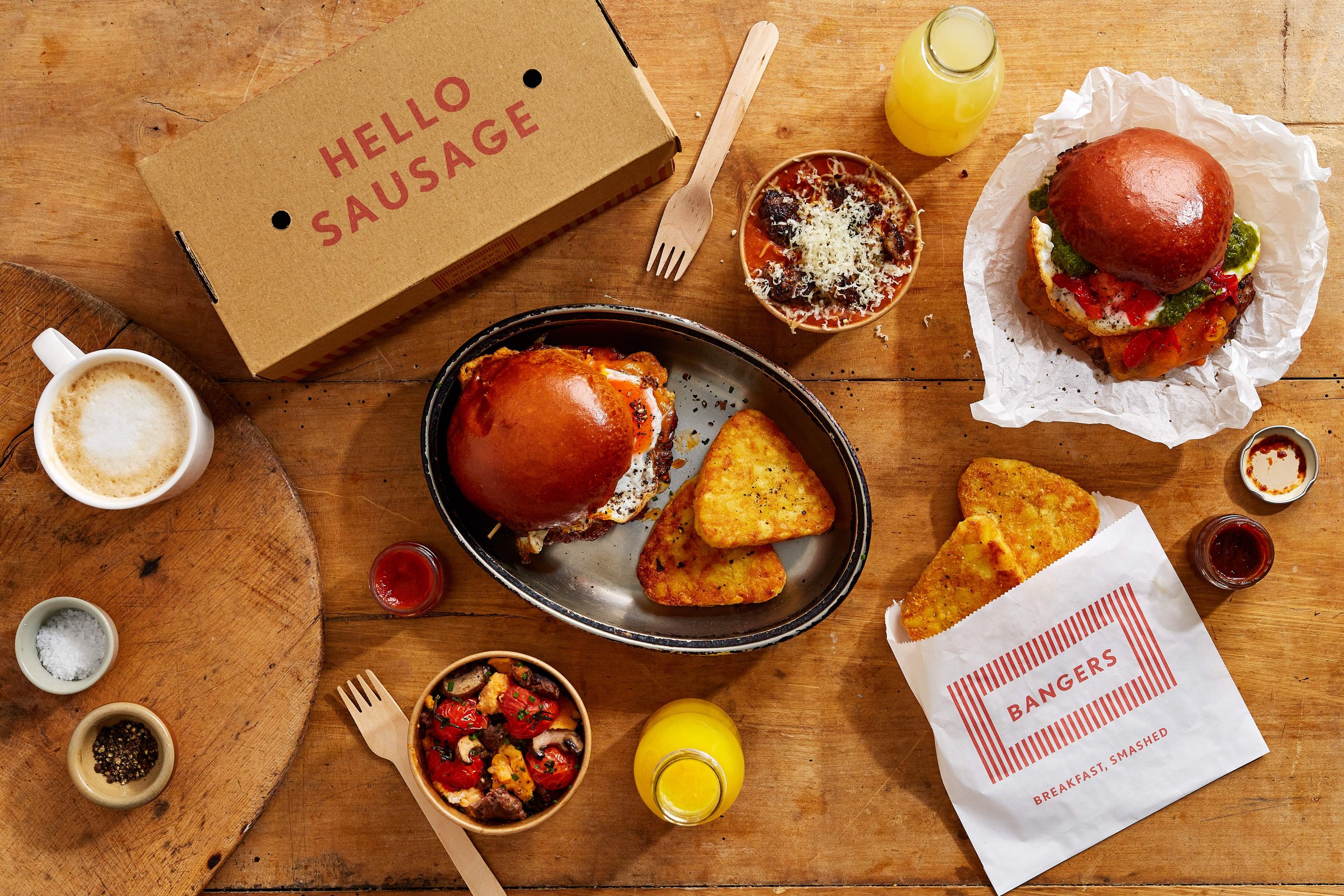Today marks the Chinese or Lunar New Year, a celebration of the transition between zodiac signs: 2021 is the year of the ox, and we bid farewell to 2020’s year of the rat. Though manners of celebration vary between regions and cultures, the Lunar New Year is widely associated with red paper envelopes, firecrackers and fireworks, dragon dances and of course, plenty of great food shared with family and loved ones.
Read on to discover some key snacks and foods enjoyed for the New Year, and learn of the stories behind these delicious treats. 新年快樂! Happy New Year!
Nian Gao 年糕
These delicious, sweet treats are prepared from glutinous rice flour and prove especially popular around the Lunar New Year. Nian gao is a homonym for “higher year”, which is why they are thought to bring good luck when eaten at this time.
These sticky snacks were to be an offering to the Kitchen God, one of the most important of the Chinese domestic gods, so that his mouth may become stuck with the nian gao. It is believed that just before the Lunar New Year, the Kitchen God returns to Heaven to report on the activities of every family over the past year to the Jade Emperor. The Jade Emperor then either rewards or punishes a family, depending on the Kitchen God’s assessment. With his mouth stuck shut with nian gao however, this ensures he cannot speak ill of one’s family in front of the Emperor.
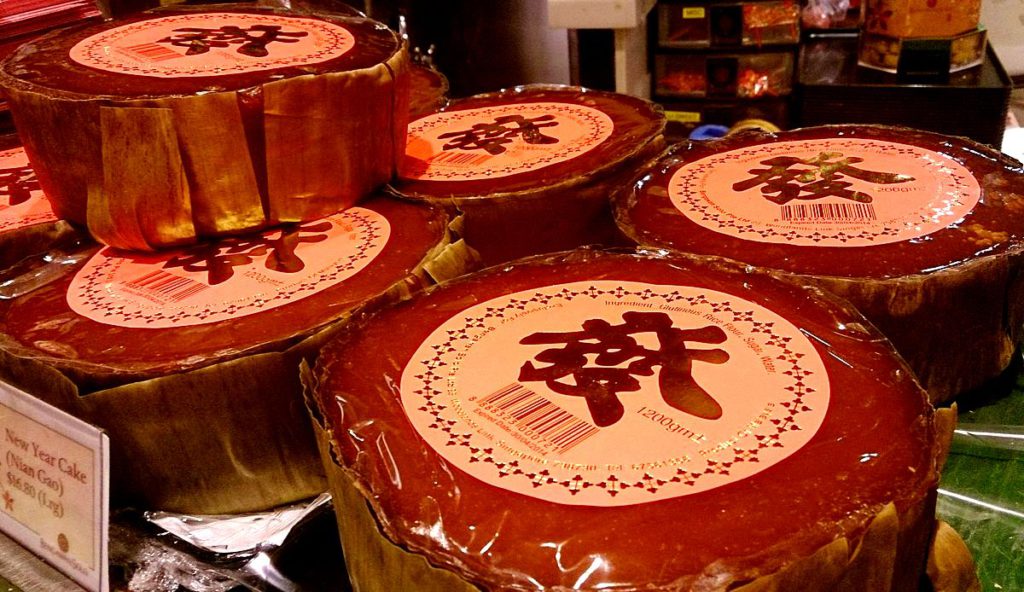
Egg rolls 蛋捲
These crispy egg rolls have a wafer-like, light texture. They can also be called love letters, in which the batter is cooked in a mould mimicking the look of a letter. These pastries were a means for lovers to communicate in secret, and the edible nature of their messages was also a sign that the lover’s words were taken to heart. A lot of the time however, these egg rolls are simple, tubular snacks and are gifted in large tins.
Pineapple tarts 鳳梨酥
This bite-sized snack originating from Singapore combines sweet pineapple jam with buttery pastry. In Hokkien (a Southern Min language also spoken widely by the Chinese diaspora in Singapore, Malaysia, Indonesia, and the Philippines), the word pineapple is pronounced as ong-lai 旺来, which is a homonym of the phrase “prosperity is arriving”. They are therefore eaten as part of New Year celebrations as a signifier of good fortune and prosperity.
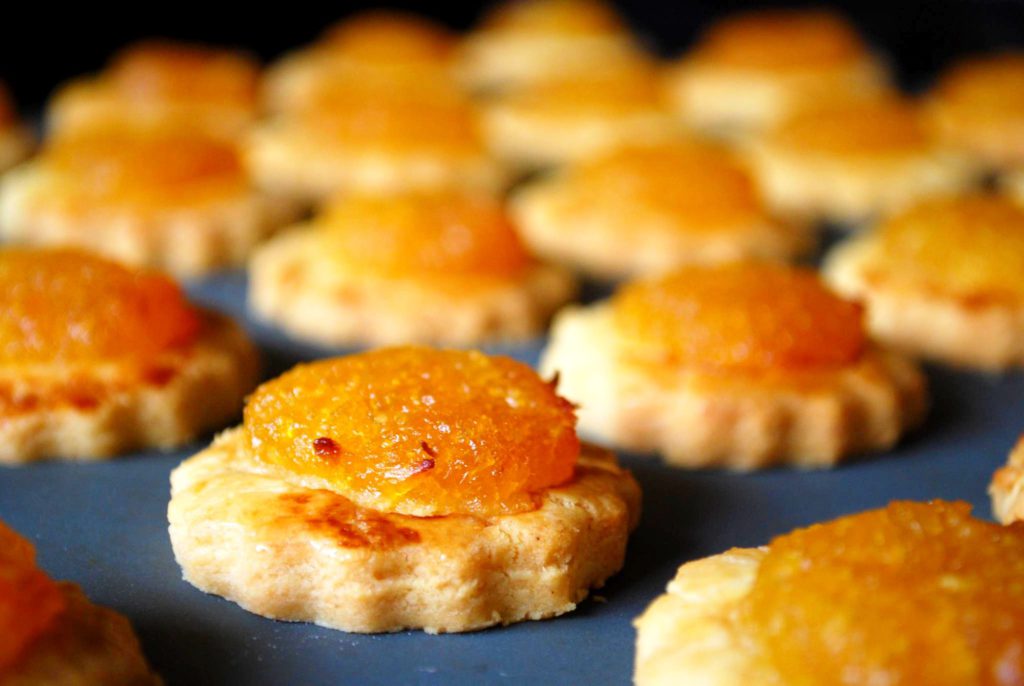
Radish cake 萝卜糕
Known as turnip or radish cakes, the main ingredient in these is shredded Chinese radish. The word “radish” is cài tóu 菜头, and has a similar pronunciation to “good luck and fortune” 好彩头. The radish is added to rice flour and other ingredients like peanuts, shrimp, shiitake, and others, and can be eaten dipped in various sauces.
Jian dui 煎堆
Otherwise known as sesame balls, these glutinous rice dough balls are rolled in sesame seeds and filled with lotus paste, red bean paste or sweet black bean paste. They are then deep fried until golden, lending a crunchy bite to the outside while leaving the inside warm and chewy. These bite-sized delights are auspicious symbols of togetherness and family unity, while their golden colour and round shape also signify good luck.
However you spend your Chinese Lunar New Year, Hawkker wishes you and your family a year of good luck and prosperity! 身體健康!
You can check out different Asian cuisines near you on Hawkker.
Lead photo courtesy of Red Morley Hewitt.

